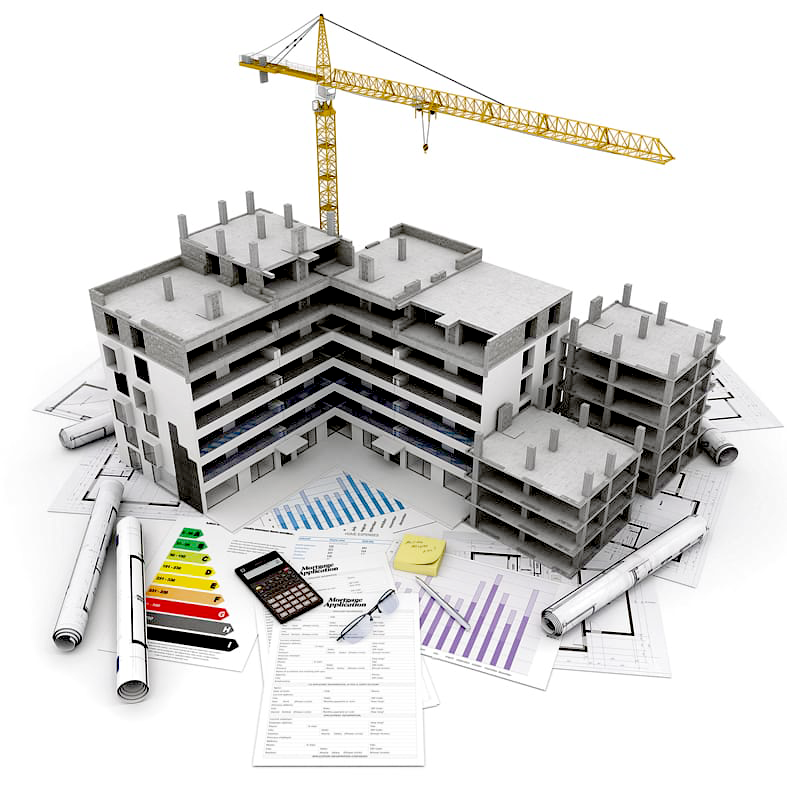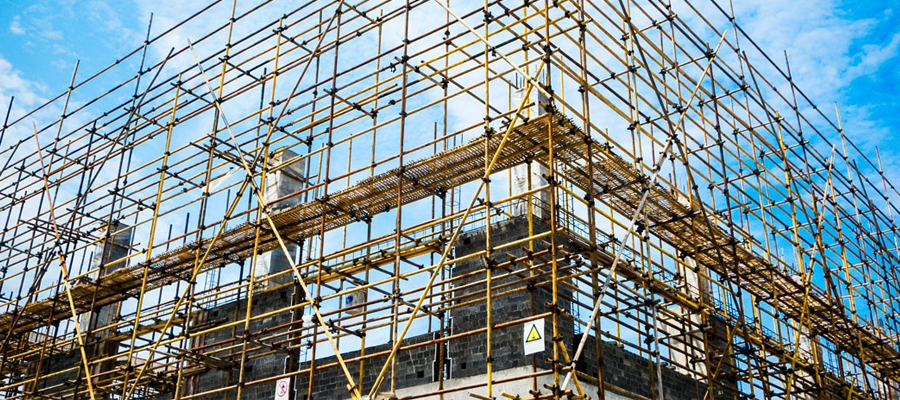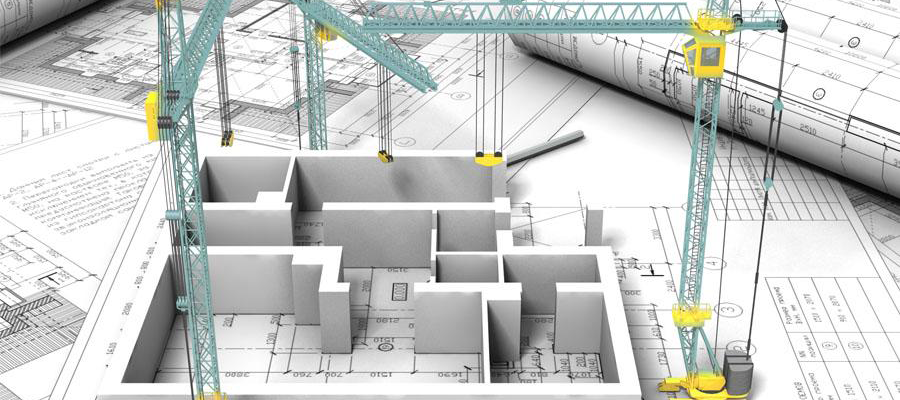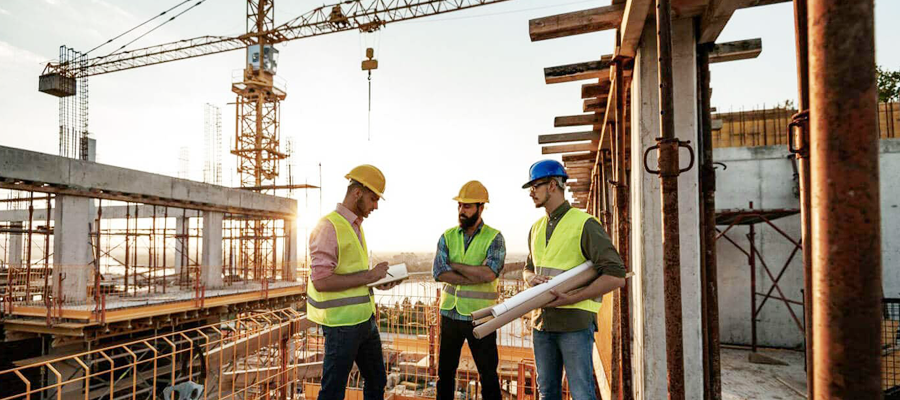CIVIL ENGINEERING
The design, construction, and upkeep of the built environment, which includes things like buildings, roads, bridges, dams, and water and sewage systems, are the focus of the engineering discipline known as civil engineering.
In order to plan, design, and manage construction projects and ensure their safety, effectiveness, and sustainability, civil engineers apply mathematical, scientific, and engineering principles.
They give solutions that enhance communities’ quality of life by addressing issues including natural disasters, traffic congestion, and environmental deterioration.
ACE Construction Company is a full service based Design and Build firm. Hiring Design/Build method of delivery continues to be the best return on your investment.
The ability to retain one firm for all design and construction needs is an attractive strategy for clients wishing to streamline communications, reduce costs and increase efficiencies, Team ACE will work with you from the planning and design phase of your project until it is completed. ACE is a Commercial and Industrial design-build company that has the best internal employees and subcontractors in the area.

Our skilled team of architects, designers and craftsmen specialize in Hospitality, Community, commercial and residential projects. Team ACE has the experience and expertise to capture your dream in design, and guide it through construction.
With proven expertise in architecture, construction, and project management; we have developed a “dream team,” who together provide a unified synergistic approach to project development.
Design submitted for approval must reflect a thorough research process encompassing detail market analyses, site attributes, community and business objectives. Once the foundations of your project are in place, ACE experienced Designing team will continue to develop the design with professionalism, precision and with the correct measures in place to ensure that design when approved is fine-tuned to reflect the most up to date client brief.

Structure Designing
It is important to note that the structure designing process may vary depending on the specific project, complexity, and local regulations. Engaging a qualified structural engineer or engineering firm is crucial to ensure a safe and efficient structural design for your construction project.
ACE Licensed Structural Engineers and Architects have extensive civil engineering experience. Whether you want to Build a Hotel, Residential property commercial property, or Community Project, it’s important to consult ACE experts prior to beginning work on structural related projects.
ACE structural design have been continuously active in structural analysis and design as well as in project management of major projects primarily in the Lasvegas, California, Nevada area since 1996. Our Team encompasses the full range of structural engineering services, from pre-design consultation through design to construction phase services.
Our projects have utilized all types of construction including, mild steel reinforced concrete, precast concrete, steel frame, composite steel, masonry wall-bearing, post-tensioned concrete, etc., for a wide variety of uses, includes Hospitality, Community, Residential, office buildings, warehouses, commercial buildings, parking facilities, hospitals, historic facilities and religious facilities, including several thousand single family homes.
Designing the structure of a construction project is a complex and crucial process that involves several key considerations. Here is a general outline of the steps involved in the structure designing of a construction project:
» Project Requirements and Scope

- Understand the project requirements, purpose, and function of the structure.
- Define the project scope, including size, location, and intended use.
- Consider any specific design constraints, such as building codes, regulations, or environmental factors.
» Preliminary Design

- Conduct a preliminary analysis of the project, including site investigation and soil testing.
- Determine the structural system that suits the project, such as a steel frame, reinforced concrete, or timber.
- Develop a conceptual design that outlines the general layout, load-bearing elements, and overall form of the structure.
- Consider factors like aesthetics, functionality, and sustainability.
» Structural Analysis

- Perform detailed structural analysis to determine the forces and loads acting on the structure, including dead loads, live loads, wind loads, and seismic loads.
- Consider factors like foundation design, structural stability, and durability.
- Utilize computer-aided design (CAD) software and structural engineering principles to calculate stresses, deflections, and other relevant parameters.
» Structural Design

- Select appropriate materials based on the structural analysis, considering factors like strength, durability, and cost-effectiveness.
- Design individual structural elements, such as beams, columns, slabs, and foundations, ensuring they can withstand the applied loads.
- Incorporate reinforcement detailing for concrete elements, such as rebar design.
- Consider connections between structural elements to ensure stability and load transfer.
» Code Compliance and Safety

- Ensure that the structural design complies with relevant building codes, regulations, and standards.
- Incorporate safety measures, such as fire-resistant materials, emergency exits, and load capacity signage.
- Consider accessibility requirements, including provisions for people with disabilities.
» Detailed Drawings and Specifications

- Create detailed engineering drawings, including plans, sections, and elevations.
- Prepare specifications outlining the materials, construction techniques, and quality standards.
- Coordinate with other disciplines, such as architects, mechanical engineers, and electrical engineers, to integrate their requirements into the structural design.
Sub-Contractor Due Diligence
- Review the structural design with relevant stakeholders, including clients, architects, and regulatory authorities.
- Address any feedback, modifications, or revisions required.
- Obtain necessary approvals and permits for the structural design.


